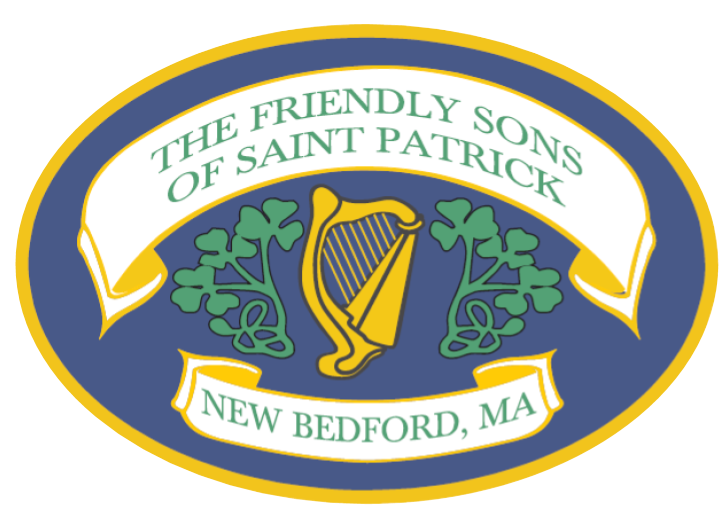 The long-lost memoirs of an Irish soldier who saved a young Adolf Hitler and fought on both sides during World War I have been published after being missing for over 40 years. Dubliner Michael Keogh’s life was one of adventure. In 1906 he went to the United States where he studied engineering. He joined the 69th Regiment of the National Guard. In 1910 he fought in Oklahoma against Mexican invaders. He then went on to work on construction of the Panama Canal. Returning to Ireland in 1914 he joined the British Army before being captured by the Germans in 1916.
The long-lost memoirs of an Irish soldier who saved a young Adolf Hitler and fought on both sides during World War I have been published after being missing for over 40 years. Dubliner Michael Keogh’s life was one of adventure. In 1906 he went to the United States where he studied engineering. He joined the 69th Regiment of the National Guard. In 1910 he fought in Oklahoma against Mexican invaders. He then went on to work on construction of the Panama Canal. Returning to Ireland in 1914 he joined the British Army before being captured by the Germans in 1916.
While in captivity he was persuaded by members of the Roger Casement Brigade, a group formed to recruit Irish soldiers to fight against the British as a display of Irish republicanism, to join them.
The detailed accounts of Mr Keogh’s life, written after his experiences, mysteriously disappeared while he was on his deathbed in James Connolly Memorial Hospital in Blanchardstown in 1964.
According to his son Kevin (84), who lives in Swords, north Co Dublin, a man “dressed as a priest” took them from under his pillow two days before he died. The files were eventually found in the UCD archives and given back to the family in 2004.
The memoirs report a chance encounter with a young Adolf Hitler that changed the course of history.
Shortly after the Great War Mr Keogh stayed in Germany. While serving in the German Free Corps (Freikorps), fighting against Communist rulers who had declared a short-lived Bavarian Soviet Republic in April 1919, he recalls leading a military operation to save the life of the future German tyrant.
He had earlier met Hitler in September 1918 near Ligny on the French Border, where the pair were in the same Bavarian Regiment.
In his memoirs he describes how, as the officer on duty during the anti-Communist revolution, he received an urgent call about a riot involving 200 men and two “political agents”, one of them being Hitler, in a nearby gym.
“I ordered out a sergeant and six men and, with fixed bayonets, led them off on the double.”
Mr Keogh explained that two political agents, who had been lecturing from a table top, had been dragged to the floor and were being beaten.
“The two on the floor were in danger of being kicked to death. I ordered the guard to fire one round over the heads of the rioters. It stopped the commotion.”
The group of soldiers managed to haul out the two injured politicians.
“The crowd around muttered and growled, boiling for blood,” he added.
“The fellow with the moustache gave his name promptly: Adolf Hitler.”
“They had come to the barracks as political agents for the new National Socialist German Workers’ Party.”
Mr Keogh was a founding member and chairman of the Roger Casement Repatriation Committee and a leading figure at memorial cereonies in Casement’s honour. Keogh’s absorbing ambition was to see Casement’s remains repatriated but did not live to see the day. Keogh died in 1964.
The following year Casement’s remains were buried with full military honours at Glasnevin Cemetery in Dublin after lying in state at Arbour Hill for five days, during which time an estimated half a million people filed past his coffin.
Casement’s last wish, to be buried at Murlough Bay on the Antrim coast, remains unfulfilled. Harold Wilson’s government released the remains on condition that they not be brought to Northern Ireland.
This news story was published by the Belfast Telegraph – HERE
